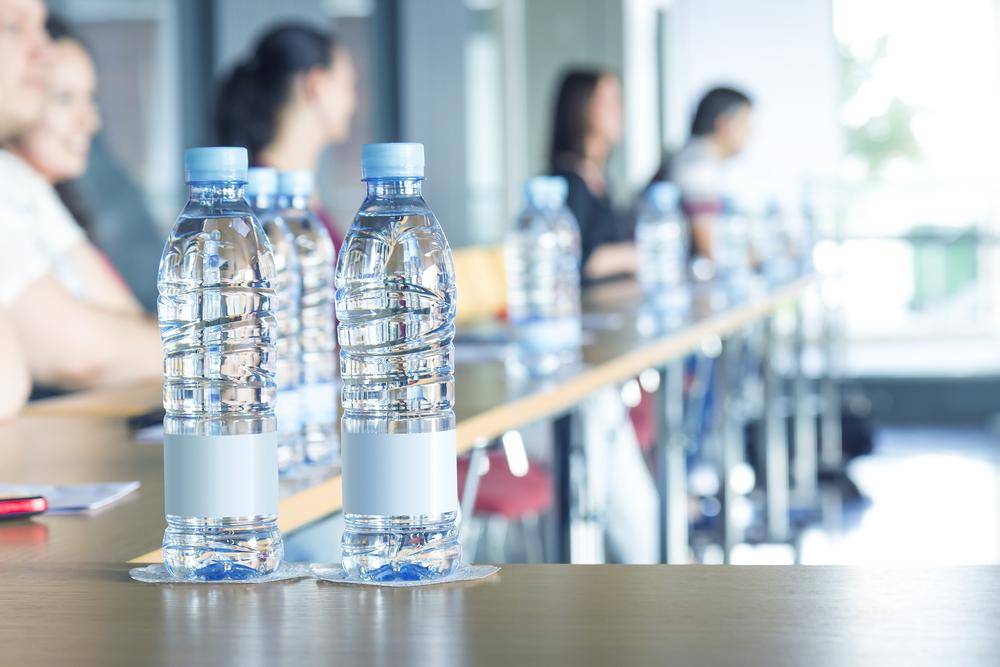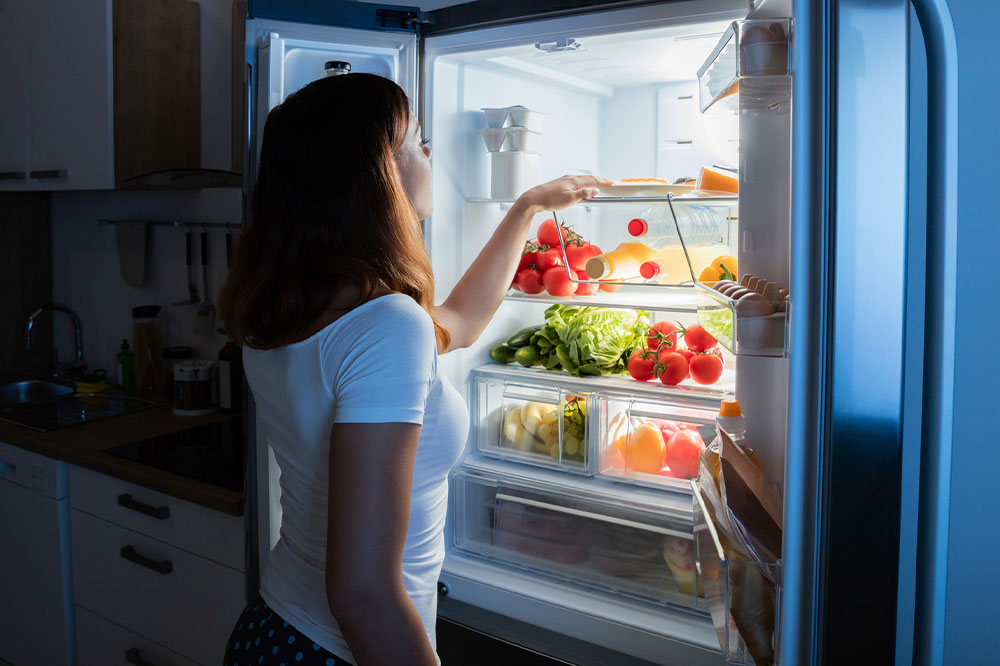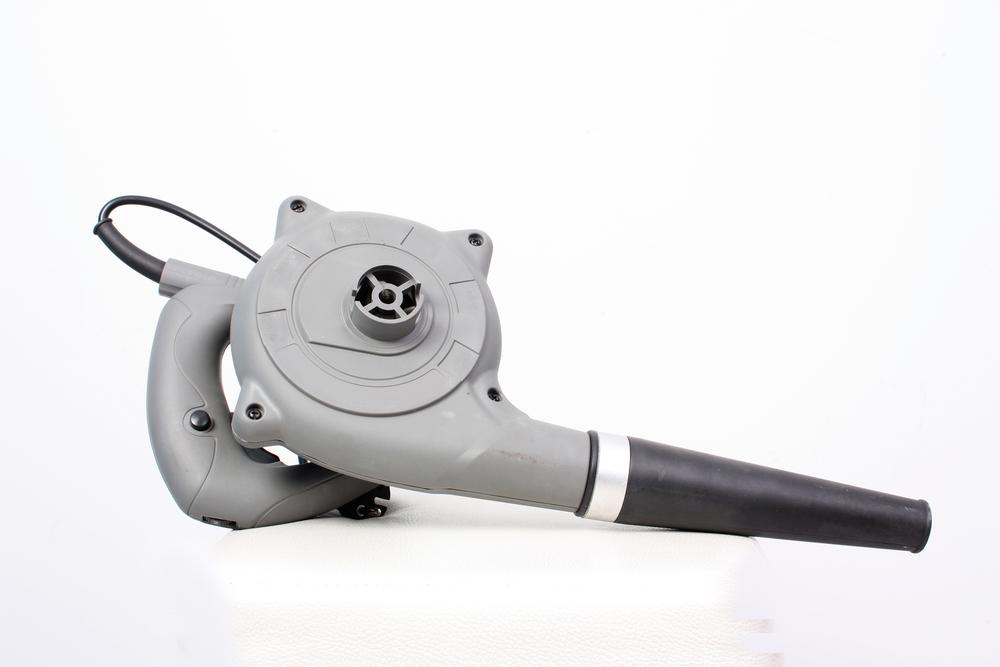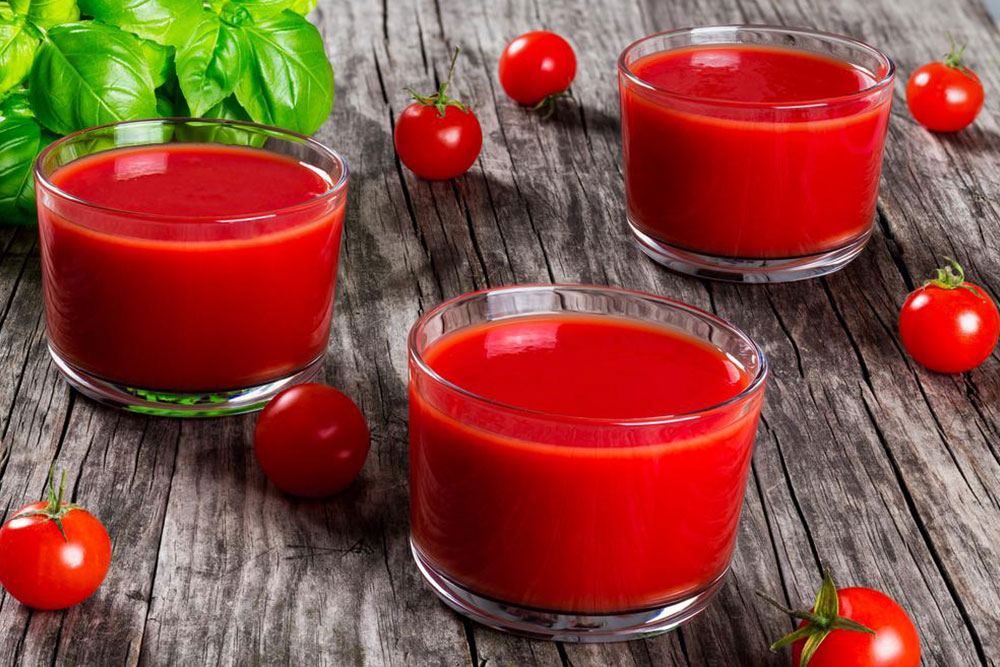Choosing Between Bottle Water and Tap Water: Which Is Safer and More Sustainable?
This article compares bottled and tap water, highlighting their safety, cost, environmental impact, and regulation standards. It emphasizes tap water's affordability and eco-friendliness while acknowledging bottled water's convenience. The piece guides consumers to make informed choices based on local water quality and health needs, promoting sustainable and safe drinking practices.
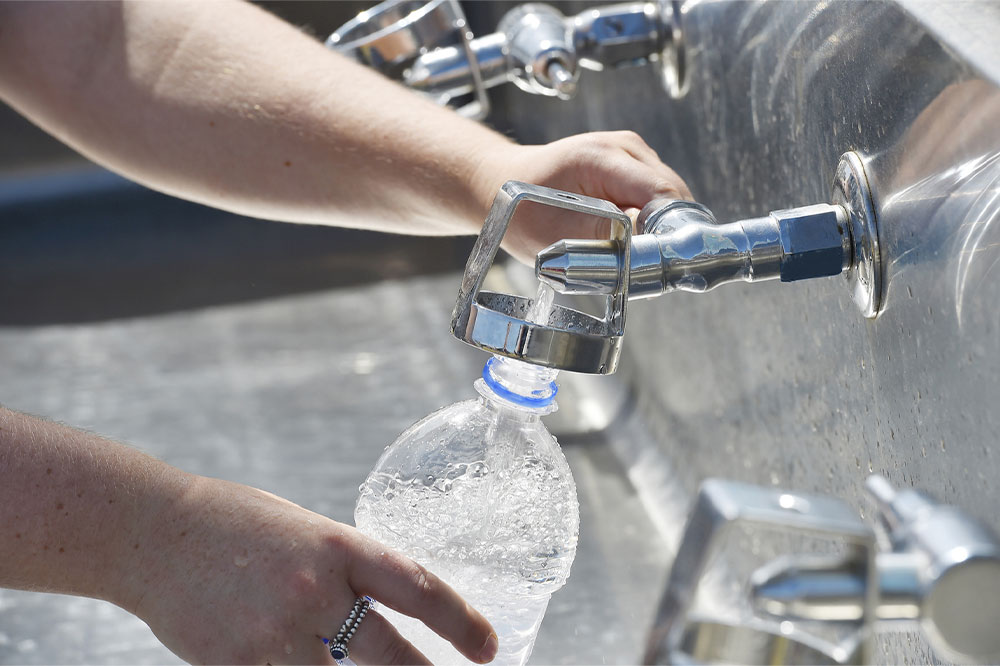
Choosing Between Bottle Water and Tap Water: Which Is Safer and More Sustainable?
On average, Americans consume about 30 gallons of bottled water annually. The US government oversees the safety standards for both bottled and tap water, with the Food and Drug Administration (FDA) regulating bottled water and the Environmental Protection Agency (EPA) setting standards for tap water.
Understanding the differences between these sources can help reduce costs and protect health.
Bottled Water vs. Tap Water: Which Is the Better Choice?
Tap Water
According to the EPA, about 92% of tap water sourced from lakes, rivers, reservoirs, or wells is deemed safe for consumption after treatment.
The Centers for Disease Control and Prevention (CDC) agree that treated tap water is generally safe. Nonetheless, some local supplies have faced contamination issues, like the 2017 boil alert in Pittsburgh due to waterborne parasites.
What are the advantages and disadvantages of tap water?
Advantages
Both bottled and tap water typically taste similar, though pipe materials influence flavor.
Cost-effective: Tap water is inexpensive, requiring only a refillable bottle for daily use. Many restaurants and hotels offer it free.
Environmental Impact: Tap water has a significantly lower carbon footprint than bottled options due to reduced plastic use and energy consumption, especially if reusable bottles are used.
Regulation: EPA enforces strict guidelines, making municipal tap water among the safest worldwide.
Disadvantages
Some tap waters contain chemicals like chlorine and fluorides, which may be undesirable for certain individuals.
Bottled Water
Regulated by the FDA, bottled water sources include natural springs, artesian wells, and municipal supplies. It undergoes purification and packaging before sale.
Pros
Packaged water is usually free of chlorine and may lack added fluorides. It often contains minerals and flavors, offering a distinct taste. It’s convenient for travel or outdoor activities, available at supermarkets and stores nationwide.
Cons
Bottled water is approximately 1000 times more expensive than tap water—around $9.47 per gallon compared to $0.05 for tap water. FDA regulations are less stringent than EPA standards, and microplastic contamination is a concern, potentially impacting health by inducing inflammation or affecting organs like the liver and kidneys.
Environmental Concerns
The production, transportation, and disposal of plastic bottles significantly contribute to pollution and energy consumption, raising sustainability issues.
Which Option Is Better?
Both sources are safe when properly treated. However, tap water emerges as the more economical and environmentally friendly choice. It can be filtered at home to improve taste and safety. Assess local water quality; if contamination risks are high, bottled water might be necessary. Special health conditions may also require bottled water as recommended by a healthcare professional.


